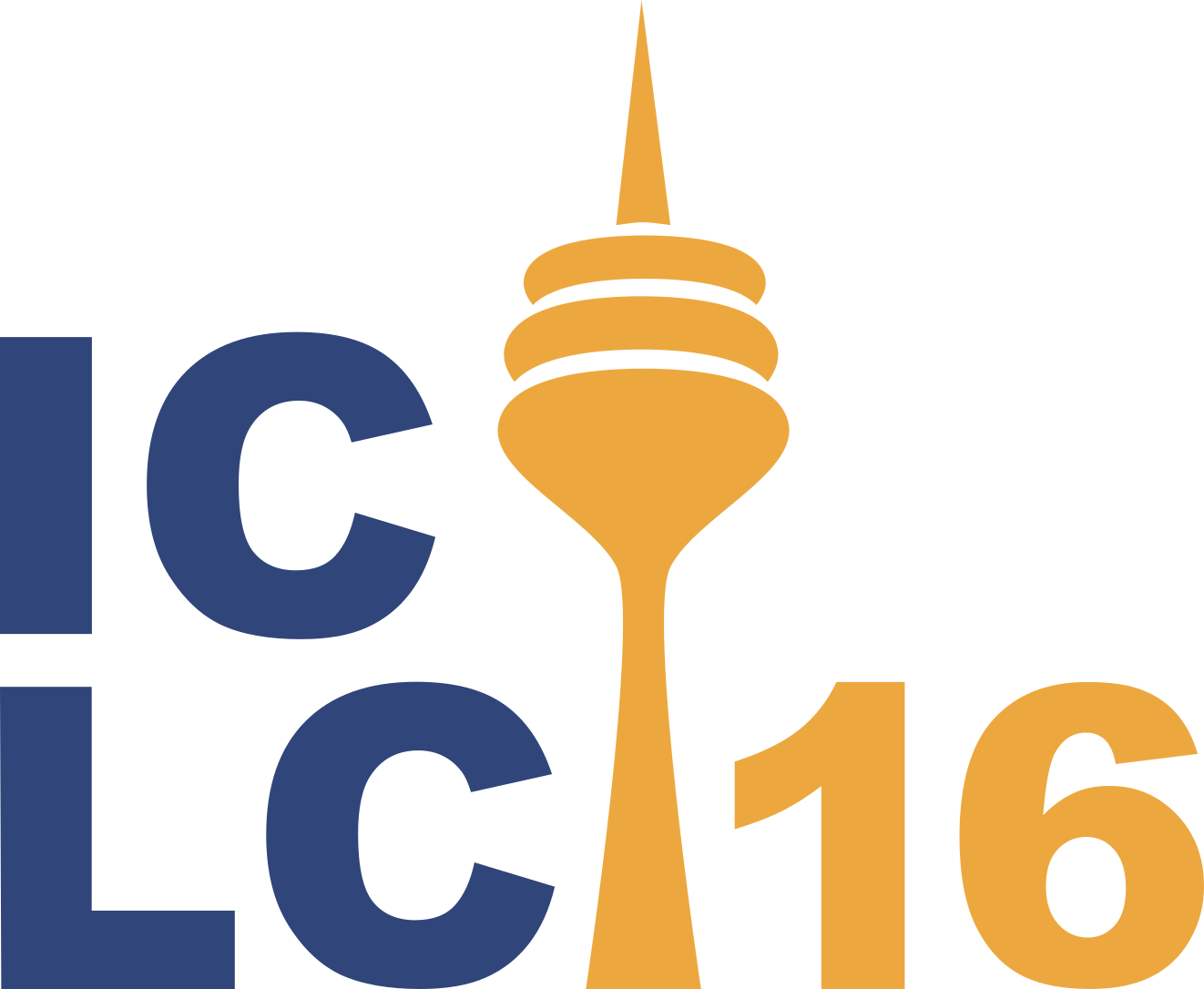Laura A. Janda and Tore Nesset
Political discourse has become increasingly toxic in a media environment driven by whatever attracts the most attention – namely negative attitudes and distortions. This is particularly evident in times of conflict resulting from greed, aggression, climate change, and scarcity of resources. Given the overwhelming quantity of messages, a great challenge today is to sort through them in a meaningful way. As cognitive linguists we have an obligation to engage this challenge, and we also have a lot to offer.
This theme session represents and compares various methods that investigate political messages in public discourse such as news media, social media, and political speeches. Methods are illustrated by case studies from a variety of languages. Some methods are part of the traditional canon of cognitive linguistic inquiry, others are of more recent origin, but all are compatible with a data-driven usage-based approach to linguistic analysis.
Metaphor (Lakoff 2002), Metonymy (Panther 2005) are proven methods of analysis for political discourse, an arena where messaging is often multimodal. Blending and Compression (Fauconnier and Turner 2002) provide mental shortcuts that can be used and abused to political ends. Construction Grammar (Goldberg 1995, 2006) has become a major direction within Cognitive Linguistics, making it possible to analyze a whole language in terms of constructions, and to reveal the relationships among constructions. Frame Semantics (Fillmore et al. 2012) empowers us to analyze meanings of constructions, while Constructicography (collection and classification of grammatical constructions; Lyngfelt 2018) yields constructicons (interconnected inventories of constructions; Janda et al. Forthcoming). All of these are relevant to unraveling the underlying patterns in political discourse.
Computational and corpus methods present opportunities for cognitive linguists to compare the distribution of features observed in a political message (target text) with distribution in a reference corpus (Baker 2006, Baker et al. 2008, Groom 2019). Keyword Analysis (Scott & Tribble 2006, Fidler and Cvrček 2015) compares the distribution of words, and for inflected languages this approach can be extended as Keymorph Analysis (Fidler and Cvrček 2017) to probe the distribution of grammatical morphemes (such as those marking case on nouns), disclosing patterns at an even more systematic level. Market Basket Analysis, originally developed to encourage consumers to make additional purchases (“customers who bought X also bought Y”), is another innovative approach linguists can use to discover associative links among words and grammatical features in target texts (Cvrček and Fidler 2019).
References
Baker, P. (2006). Using corpora in discourse analysis. London: Continuum.
Baker, P., G. Costas, M. Khosravinik, M. Krzyzanowski, T. McEnery, and R. Wodak. (2008). A useful methodological synergy? Combining critical discourse analysis and corpus linguistics to examine discourses of refugees and asylum seekers in the UK Press. Discourse & Society 19: 273. DOI: 10.1177/0957926508088962
Cvrček, V. and M. Fidler. (2019). More than keywords: Discourse prominence analysis of Russian Web Portal Sputnik Czech Republic. In M. Berrocal and A. Salamurović (Eds.), Political Discourse in Central, Eastern and Balkan Europe, Benjamins. 93-117. https://doi.org/10.1075/dapsac.84.05cvr
Fauconnier, G. and M. Turner. (2002). The Way We Think: Conceptual Blending And The Mind’s Hidden Complexities. Basic Books
Fidler, M. and V. Cvrček. (2015). ‘A Data-Driven Analysis of Reader Viewpoints: Reconstructing the Historical Reader Using Keyword Analysis’, Journal of Slavic Linguistics 23(2), pp. 197–239.
Fidler, M. and V. Cvrček. (2017). Keymorph analysis, or how morphosyntax informs discourse Corpus Linguistics and Linguistic Theory. 15(1), 39-70. DOI: 10.1515/cllt-2016-0073; ISSN: 1613-7027
Fillmore, Ch. J, Lee-Goldman, R. & Rhodes, R. (2012). The FrameNet constructicon. In H. C. Boas & I.A. Sag (Eds.), Sign-based construction grammar, CSLI Publications (pp. 309–372). Stanford, CA.
Goldberg, A.E. (1995). Constructions. Chicago: University of Chicago Press.
Goldberg, A.E. (2006). Constructions at Work. Oxford: Oxford University Press.
Groom, N. (2019). Construction Grammar and the corpus-based analysis of discourses: The case of the WAY IN WHICH construction. International Journal of Corpus Linguistics, 24(3), pp. 291–323. https://doi.org/10.1075/ijcl.00014.gro
Janda, L. A., A. Endresen, V. Zhukova, D. Mordashova, E. Rakhilina. (Forthcoming). From data to theory: an emergent semantic classification based on the large-scale Russian constructicon. Constructions and Frames.
Lakoff, George. (2002). Moral Politics : How Liberals and Conservatives Think. Second edition. Chicago and London: The University of Chicago Press.
Lyngfelt, B. (2018). Introduction: Constructicons and constructicography. In B. Lyngfelt, L. Borin, K. Ohara & T. T. Torrent (Eds.), Constructicography: Constructicon development across languages (pp.1–18). Amsterdam: John Benjamins.
Panther, K.-U. (2005). Metonymy inside and outside language. In: Adam Makkai, William J. Sullivan, & Arle R. Lommel, eds. LACUS Forum XXXI: Interconnections (pp. 15–32). Houston, TX: The Linguistic Association of Canada and the United States.
Scott, M., & Tribble, C. (2006). Textual patterns: Keyword and corpus analysis in language education. Benjamins.
